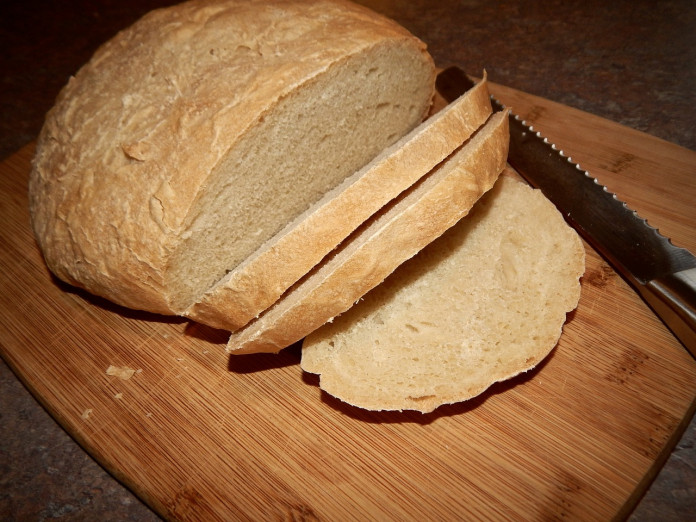Hello Again:
One of the staples of the American family table is bread. We pretty much take bread for granted in today’s diet.
We have white bread, wheat bread, rye bread, Italian bread, black bread, cinnamon bread, raisin bread and the list goes on. From the first colony at Jamestown to late in the 19th century, all bread was made by hand either in the home or the bakeries that took root in towns and cities.
Can you imagine the number of bakers needed to mix, knead and bake the bread for cities such as New York or Philadelphia as their populations grew?
I really never gave this much thought. In 1849, in Boston, Massachusetts, a child was born to African American parents, one Joseph Lee.
As a boy, Joseph worked in a bakery, which eventually led him into preparing, cooking and serving food. He opened two very successful restaurants in the Boston area.
Eliminating waste
Because of his success in the food service industry, he became interested in eliminating the waste of bread. At this time, bread would have to be thrown out if even as much as a day old.
Bread crumbs
He decided that a better use of the stale bread would be to make bread crumbs. So he set out to invent a machine that would mechanize tearing, crumbling and grinding bread into crumbs.
He was finally successful and patented his machine June 4, 1895. He used the bread crumbs for various dishes including croquettes, batter for cakes, fried chops and fish. Lee soon sold the rights to his crumbling machine and not long after the Royal Worcester Bread Crumb Company of Boston had the machines in restaurants around the world.
Lee then turned his attention to the improvement of food preparation and invented an automatic bread making machine.
The machine mixed the ingredients and kneaded the dough so efficiently that it replaced five to six men. This not only increased productivity but did it more hygienically and at a much lower cost.
The bread was of a higher quality with a much better texture. He received a patent for his machine, which was to serve as the basis for machines still in use today.
Joseph Lee became a prominent African American figure in the food industry as an entrepreneur and inventor.
Customer data
On the FSA front, in January 2016, USDA launched the FSAfarm+ website nationwide giving producers web access to view their FSA farm information and customer data.
FSAfarm+ allows producers to view, export, and print farm records data, producer information data and maps from their own home through a public facing web portal.
They can also electronically share their data with other interested parties, including crop insurance agents, from their home or other remote locations.
Employees and producers may access and search through the FSAfarm+ frequently asked questions from the ASKFSA Home Page (https://askfsa.custhelp.com/app/home) using the featured category FSAfarm+.
Because of personal identifiable information (PII) exposed through FSAfarm+, all users must obtain Level 2 eAuth access. This access allows the user to enter USDA web site portals determined to require higher security restrictions and a verified identity for each user ID and profile.
At this time, eAuth is only available to individuals. A business or entity cannot register for Level 2 eAuth access.
As always, you can contact your local FSA Office for more information.
That’s all for now,
FSA Andy













